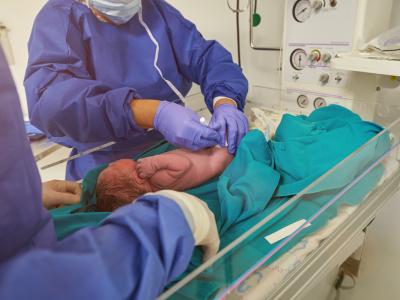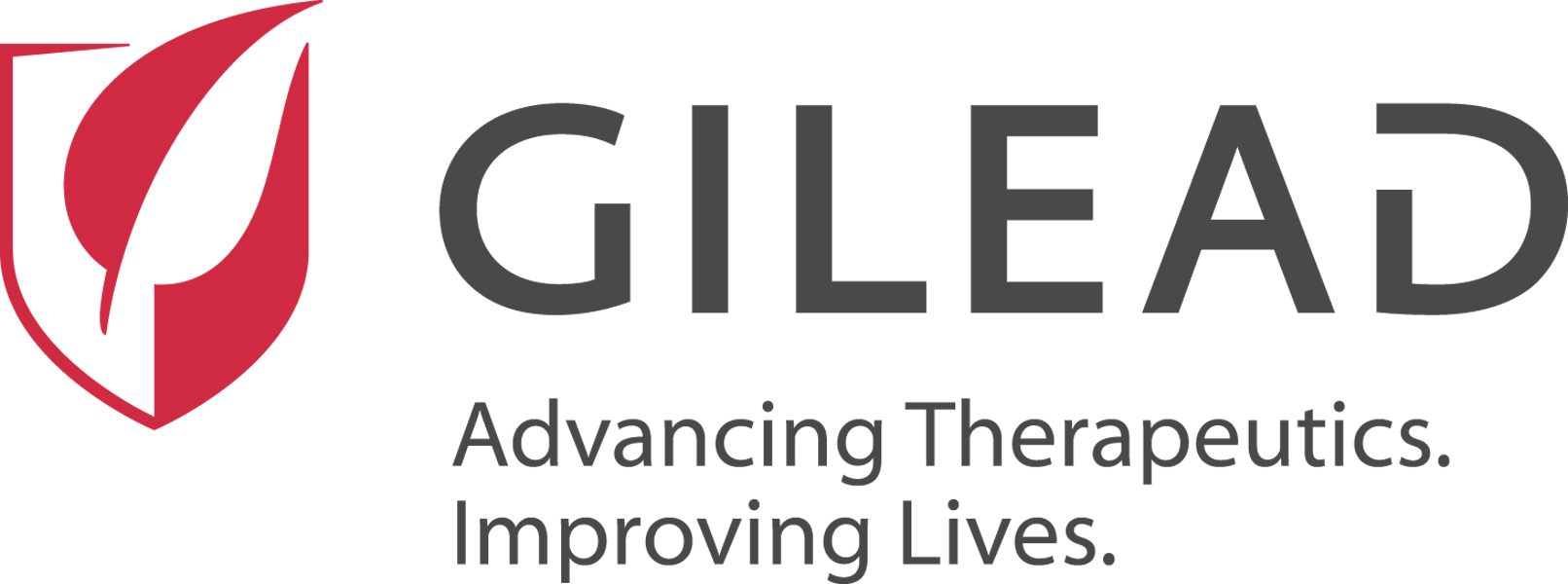- The US Centers for Disease Control and Prevention (CDC) yesterday published clinical guidance on evaluating patients for H5N1 avian flu infections, which covers treatment and post-exposure prophylaxis. It advised clinicians to consider H5N1 in patients who have acute respiratory illness symptoms or conjunctivitis and relevant exposure history; this includes unprotected contact with sick or dead birds, livestock, or other animals or their environments within 10 days of patient symptom onset. Exposure also includes consuming uncooked or undercooked food products such as raw milk or other dairy products made with raw milk. Such patients should be referred for prompt medical evaluation and testing and should be offered prophylactic antiviral treatment with oseltamivir as soon as possible.
- Though diphtheria cases in Europe have declined since a large outbreak in 2022, transmission continues, with levels higher than before 2020, the European Centre for Disease Prevention and Control (ECDC) said today in an updated risk assessment. It warned that continued circulation of Corynebacterium diphtheriae may affect some vulnerable populations, which include homeless people, those in transitional housing, migrants, and people who use and inject drugs. Since the end of 2022, six European countries have reported 82 cases caused by one of the genetic sequences involved in the 2022 outbreak. They include Austria, Czechia, Germany, Norway, Poland, and Switzerland. The ECDC said the risk to the general public is low due to high vaccination coverage but is moderate for groups vulnerable to infection. The rarity of cases and the many ways that diphtheria can present can make it hard for clinicians to identify infections, the group said. “It is essential to increase awareness of diphtheria among clinicians and those working with vulnerable populations to ensure that diphtheria is properly diagnosed and treated, and that cases are notified to public health authorities.”
Quick takes: CDC H5N1 screening guidance, diphtheria risk in Europe
Quick takes: WHO arbovirus guidance, H5N1 in US mammals, re-blocking southern border livestock imports
- The World Health Organization (WHO) today published new clinical guidance for treating four arboviral diseases: dengue, chikungunya, Zika, and yellow fever. The resource for clinicians treating patients with suspected or confirmed infections is the first that covers all four diseases. Arbovirus infections are a growing public health threat, putting 5.6 billion people at risk, the WHO said in a statement. The diseases are spreading to new areas and increasing the risk of outbreaks beyond tropical and subtropical regions owing to multiple factors that include climate change, population growth, and increased travel and urbanization. Mainland France, for example, is battling chikungunya outbreaks in seven departments, according to the latest weekly communicable disease update from the European Centre for Disease Prevention and Control. For clinicians, diagnosing the diseases can be challenging, because symptoms for the four often overlap and resemble other diseases, and multiple arboviruses can co-circulate.
- The US Department of Agriculture (USDA) Animal and Plant Health Inspection Service (APHIS) has reported four more H5N1 avian flu detections in wild and captive mammals, two of them with recent sample collection dates. One involves a domestic cat from New Jersey's Mercer County that was sampled on June 30, with testing that revealed an H5 result on July 3. Another with a June collection date is a raccoon from Parmer County in Texas. The other detections involve two raccoons, one in Bronx County, New York, that was sampled in January and one in Randall County, Texas, that was sampled in March.
- Within 2 weeks of the start of a phased reopening of livestock imports at the southern US border, the USDA this week reversed the move, following new evidence that the New World screwworm (NWS) threat is spreading northward. The USDA is working on a plan to raise and release more sterile flies to curb the northward spread of NWS, which can lead to cattle loss and sporadic infections in people. Mexico's agriculture ministry this week reported a new case in a part of Veracruz state that is about 160 miles north of the current sterile-fly zone. The detection is 370 miles from the US border. In May, two earlier detections that were less than 700 miles away triggered the initial southern border closures to the import of Mexican cattle, bison, and horses.
Global data suggest doxyPEP may have limited effectiveness against gonorrhea

High and rising levels of tetracycline resistance globally will likely limit the ability of doxycycline post-exposure prophylaxis (doxyPEP) to prevent gonorrhea infections, according to a study published today in JAC-Antimicrobial Resistance.
In a systematic review and meta-analysis, researchers from the University of Melbourne examined data from 67 studies of tetracycline resistance in Neisseria gonorrhoeae, the bacterium that causes gonorrhea, covering 51 countries and 80,645 isolates. Overall, the median tetracycline resistance was 54.2% (range, 4% to 100%), with the highest resistance observed in East Asia and the Pacific (82.1%; range, 18% to 100%) and sub-Saharan Africa (81.6%; range, 44% to 100%). The lowest tetracycline resistance levels were reported in North America (26.5%; range, 4% to 78%). For other regions, median resistance ranged from 38.9% to 61.6%.
Among the 80,645 isolates studied, 91.4% were collected from 2010 through 2013, and the rest from 1996 through 2009. The largest increases in tetracycline resistance between the two reporting periods were seen in South Asia (a 3.8-fold increase) and North America (a 4.1-fold increase).
Only 11 studies (16%) provided tetracycline resistance data specifically from men who have sex with men (MSM), who are considered a high-risk group for gonorrhea, and only 6 (9%) included women.
Limited role in gonorrhea control
Although randomized clinical trials have found that doxyPEP, which involves taking a dose of doxycycline within 72 hours of unprotected sex, is highly effective at reducing the incidence of chlamydia and syphilis in high-risk groups (MSM and transgender women), effectiveness against gonorrhea has been more modest. The study authors say these data suggest it may be unreliable for preventing incident gonorrhea infections.
"While tetracyclines are not used to treat N. gonorrhoeae globally, our finding suggests doxyPEP would have a very limited role in N. gonorrhoeae control when used to reduce incidence of other STIs such as chlamydia and syphilis, and as such, doxyPEP policies should make clear statements to prescribers and users regarding this," they wrote.
The authors add that countries implementing doxyPEP should ensure surveillance systems are in place to monitor resistance in N gonorrhoeae.












